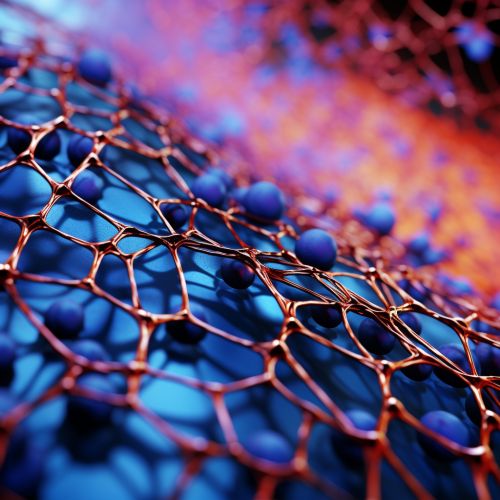The Role of Nanotechnology in Tissue Regeneration
Introduction
Nanotechnology, the manipulation of matter on an atomic, molecular, and supramolecular scale, has been increasingly applied to the field of tissue regeneration. This interdisciplinary field of research, often referred to as nanomedicine, utilizes nanoscale materials and techniques to address biological and medical challenges, including tissue repair and regeneration.


Nanotechnology and Tissue Regeneration
Tissue regeneration, the process of renewal, regeneration, and growth that makes cells, organisms, and ecosystems resilient to natural fluctuations or events that cause disturbance or damage, is a critical aspect of biological life. Nanotechnology offers unique tools and materials that can interact with biological systems at a molecular level, making it a promising avenue for advancing tissue regeneration.
Nanomaterials in Tissue Regeneration
Nanomaterials, materials with at least one dimension in the nanometer scale (1-100 nm), have unique physicochemical properties that can be exploited for tissue regeneration. These properties include high surface area to volume ratio, tunable surface chemistry, and the ability to interact with biological systems at a molecular level. Nanomaterials such as nanoparticles, nanofibers, and nanocomposites have been extensively studied for their potential in tissue regeneration.
Nanoparticles
Nanoparticles are particles between 1 and 100 nanometers in size. Due to their small size, nanoparticles can interact with biological systems at a cellular and even molecular level. This allows for targeted delivery of drugs or genes, which can enhance the regeneration of damaged tissues.
Nanofibers
Nanofibers, fibers with diameters in the nanometer range, have been used as scaffolds for tissue regeneration. Their small size and high surface area to volume ratio allow for high cell attachment and proliferation, which are critical for tissue regeneration.
Nanocomposites
Nanocomposites, materials that combine nanoparticles or nanofibers with a bulk material, have been used to create scaffolds with improved mechanical properties and enhanced biological activity. These materials can provide a supportive environment for cell growth and tissue regeneration.
Nanotechnology Techniques in Tissue Regeneration
In addition to nanomaterials, nanotechnology techniques such as atomic force microscopy (AFM), scanning electron microscopy (SEM), and transmission electron microscopy (TEM) have been used to study and manipulate biological systems for tissue regeneration. These techniques allow for the visualization and manipulation of biological systems at a nanoscale level, providing valuable insights into the processes of tissue regeneration.
Challenges and Future Directions
While nanotechnology holds great promise for tissue regeneration, there are several challenges that need to be addressed. These include the potential toxicity of nanomaterials, the difficulty in controlling the size and shape of nanomaterials, and the need for improved techniques for the delivery of nanomaterials to the site of tissue damage.
Despite these challenges, the field of nanotechnology in tissue regeneration is rapidly advancing, with new materials and techniques being developed. Future research will likely focus on developing safer and more effective nanomaterials, improving delivery techniques, and understanding the interactions between nanomaterials and biological systems at a molecular level.
